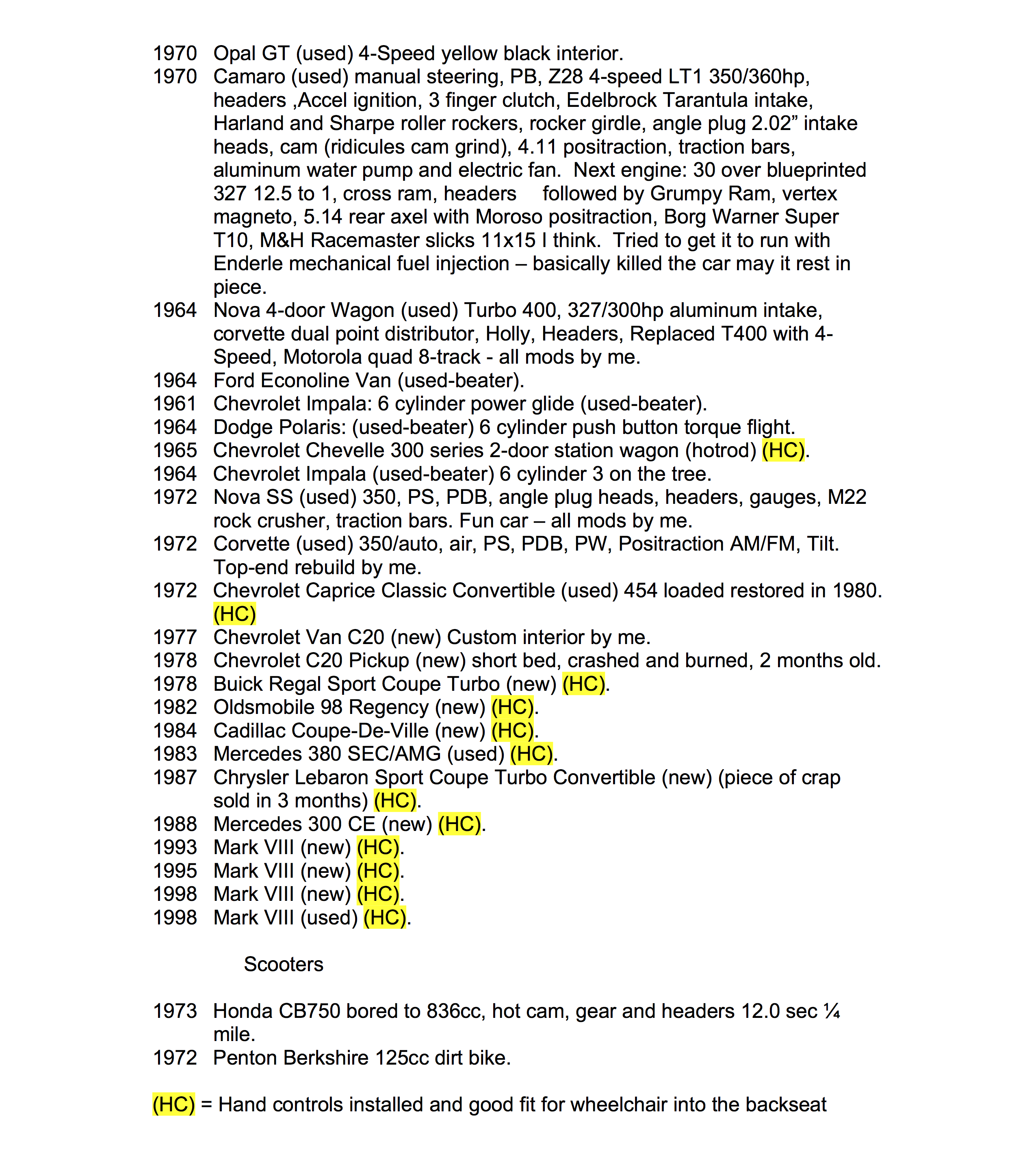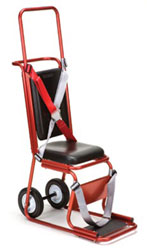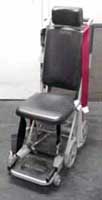Transportation
On this page, I share my experience with various mode of transportation, including vans, cars, cruise ships, domestic airlines, trains, and at Disney World.
Vans:I hate vans. I won’t have one. When motivated, I can “scamper” to transfer from my wheelchair into the driver’s seat of my car, collapse the wheelchair, slide it into the back set behind me, and be on my way in 30 seconds or so. Try doing that with a van in a thunderstorm.
Cars: My current car is a 1998 Mark VIII, the fourth that I have owned. I purchased this car from a listing on eBay in 2006 when it had about 20,000 miles on it. I fit into this car very well. My wheelchair slips easily into the backseat. This model car is no longer made. Unfortunately, I haven’t found another car that works as well. I think my Mark VIII options have been or will be well played out in another three or four years. At that time I don’t have a clear idea of what my next car will be. Here is a list of cars (marked with HC for hand controls) that have worked fine for me.
Cruise Ships: Cruising can be fun, and generally cruise ships are very accommodating. Carnival and Royal Caribbean are the best while Holland America sucks; at least they did when I was on the Noordam around 2001. I believe they replaced this ship with new one since then.
Domestic Airlines:All have accessibility figured out. Make sure that you are assigned an aisle seat with removable armrests. Not all crews know about this feature; it makes transfer a lot easier. The bulkhead is the best seat in coach, but rarely can you secure it, unless you are a preferred customer.
When making reservations, specify that you will need an aisle chair to board the aircraft. Aisle chairs are narrow to fit between seats on an airplane. The original ones were little more than an aluminum hand truck with a seat. Today the airlines have fancy ones that look more like a small chair with armrests, but I don’t think they work as well as the original ones.
Arrive at the departure gate early. Make sure that the airline staff checks you in and calls the attendants who will handle your boarding. Usually the airlines don’t provide this service directly; they retain a third party for it. In most situations, you will be boarded first, which is a double-edged sword because it makes life difficult for the person who is seated beside you in the window seat. When that passenger arrives, he or she will expect you to move. Often they won’t recognize that you can’t move, and sometimes they get a little annoyed. Hope and pray you have an agile seat mate as the opposite can be a real bummer.
You need to gate check your wheelchair. Don’t let them check it as baggage. Make sure to have your name and address on a tag attached to the wheelchair frame. Gate check allows you to remain in your chair until boarding. Also, make sure that the airline staff is aware that you will need your chair to be brought to the aircraft at your destination city. Otherwise you will be making two transfers. This is also true if you must change planes en route to your final destination. It ensures that you at least arrive with your wheelchair in your destination city.
Use your own wheelchair down the jetway. Find a suitable flat area for the transfer from your wheelchair to the aisle chair. Take your time and get it right as these transfers are quite difficult. Ask the attendants to hold your chair and the aisle chair securely.
Keep your eye on your wheelchair when it’s in the ramp area. I once had a fellow passenger, an older female with some ability to walk, grab my chair and head off to baggage. It took a half an hour to track her down and recover my chair. The flight crew didn’t see the big deal and thought I should just get in one of those broken-down, beater chairs provided by the airport.
Trains: They work too, although I don’t know why anyone would want to ride on Amtrak. What a joke!
Disney World: All transportation is a perfect experience.


